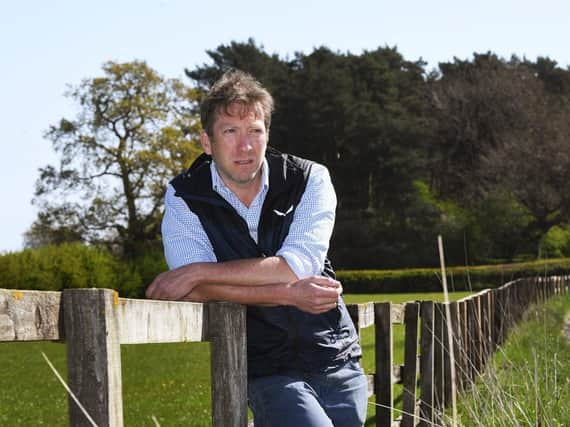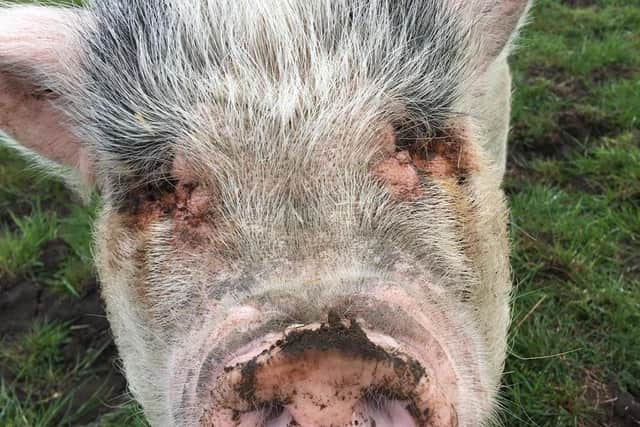Modern pig farming might have changed but I still enjoy treating the animals - Julian Norton


Years ago, vets in general practice would regularly see a poorly pig and every farm had a few sows.
There is an old day book at the practice, which records, in scrawled handwriting on faded paper, a visit all the way to Brough on the edge of the Westmorland plateau, to treat a pig with a skin condition, for which it received a bottle of lotion.
Advertisement
Hide AdAdvertisement
Hide AdIn those days, a pig was treated as an individual. Modern pig practice is very different and modern pig farming seems to encourage the very opposite. The unit is managed as exactly that – a unit. For lots of reasons, a pig farmer now would never call a vet to see an individual with sores on its skin. In part, this is because the number of veterinary practices that specialise in pigs can be counted on the finger of two hands.


Vets in those practices travel huge distances to oversee the health, welfare and performance of the animals under their care, but both the economics and the practicalities do not allow individual patient care for most.
This is why I was glad to have been able to see several pigs. Even though an individual pig is hard to catch and manage, a pig is usually a pleasure to treat. The first pig was lame, with a swollen festering foot, unresponsive to the usual treatment. The farmer wanted the view of an expert, but today, I would have to do.
From a distance, I could offer some advice and encouragement. The powers of healing are strong, especially when combined with the power of antibiotics. I dispensed a bottle and we hoped for the best. The sow had a litter to rear and so the alternative – premature slaughter – did not bear thinking about.
Advertisement
Hide AdAdvertisement
Hide AdPig two was an old friend and had no purpose for breeding or production of any kind. Gilbert was a micro-pig. At least, once he was a micro-pig. As ‘micro’ pigs are prone to do, Gilbert continued to grow until he had attained the proportions of a normal-sized pig. This was, in part, because his owner fed him on treats in addition to his normal piggy diet. Ice cream when it was hot, biscuits at other times. He also enjoyed his paddling pool and even had a teddy bear in his sty for company. Fortunately, Gilbert needed no treatment – he was a casual bystander as I sedated his best friend, a one-tonne Clydesdale horse called Harvey. The only treatment Gilbert needed was a ginger biscuit.
Pig three, Elsie, was more confusing, as she had suddenly refused to eat. With no other obvious signs to report, I knew this little piggy would prove to be a diagnostic challenge.
I quizzed the owner about her habits and patterns of behaviour, but yielded no proper clues. Catching the patient so that I could examine her was also easier said than done.
Of course, what every vet hopes for is a sky-high temperature, or some other clear sign of illness, offering an easy path to a cure, but Elsie had a normal temperature. Coupled with normal sounding heart and lungs, perfectly formed faeces, normal, healthy skin and a sound udder, I was struggling for a diagnosis. Could she have been stung in the mouth by a bee? I opted for a speculative injection, which I hoped would help. As I drove off, still scratching my head, I couldn’t help thinking that I might need to draft in an actual pig expert.
But a phone call the next day confirmed that, happily, Elsie was well and truly on the mend and her appetite was back to normal. This was great news, but left me not much the wiser!
Comment Guidelines
National World encourages reader discussion on our stories. User feedback, insights and back-and-forth exchanges add a rich layer of context to reporting. Please review our Community Guidelines before commenting.